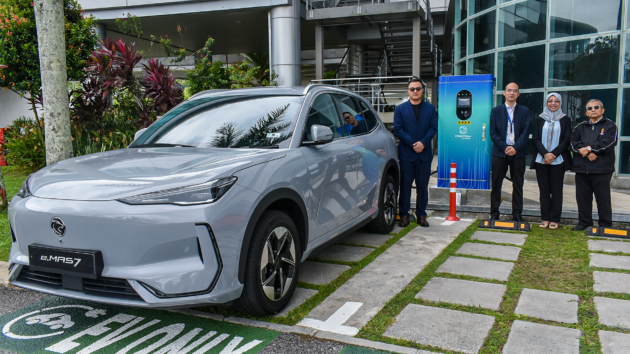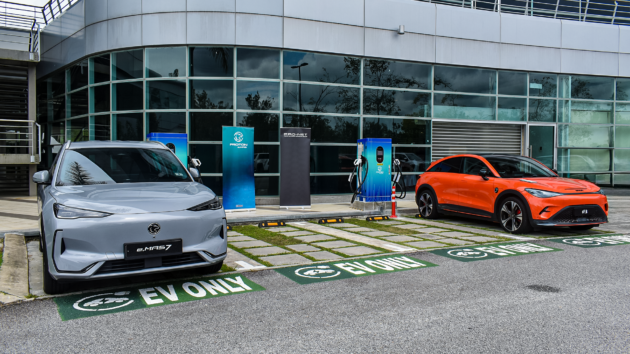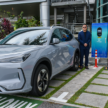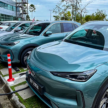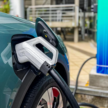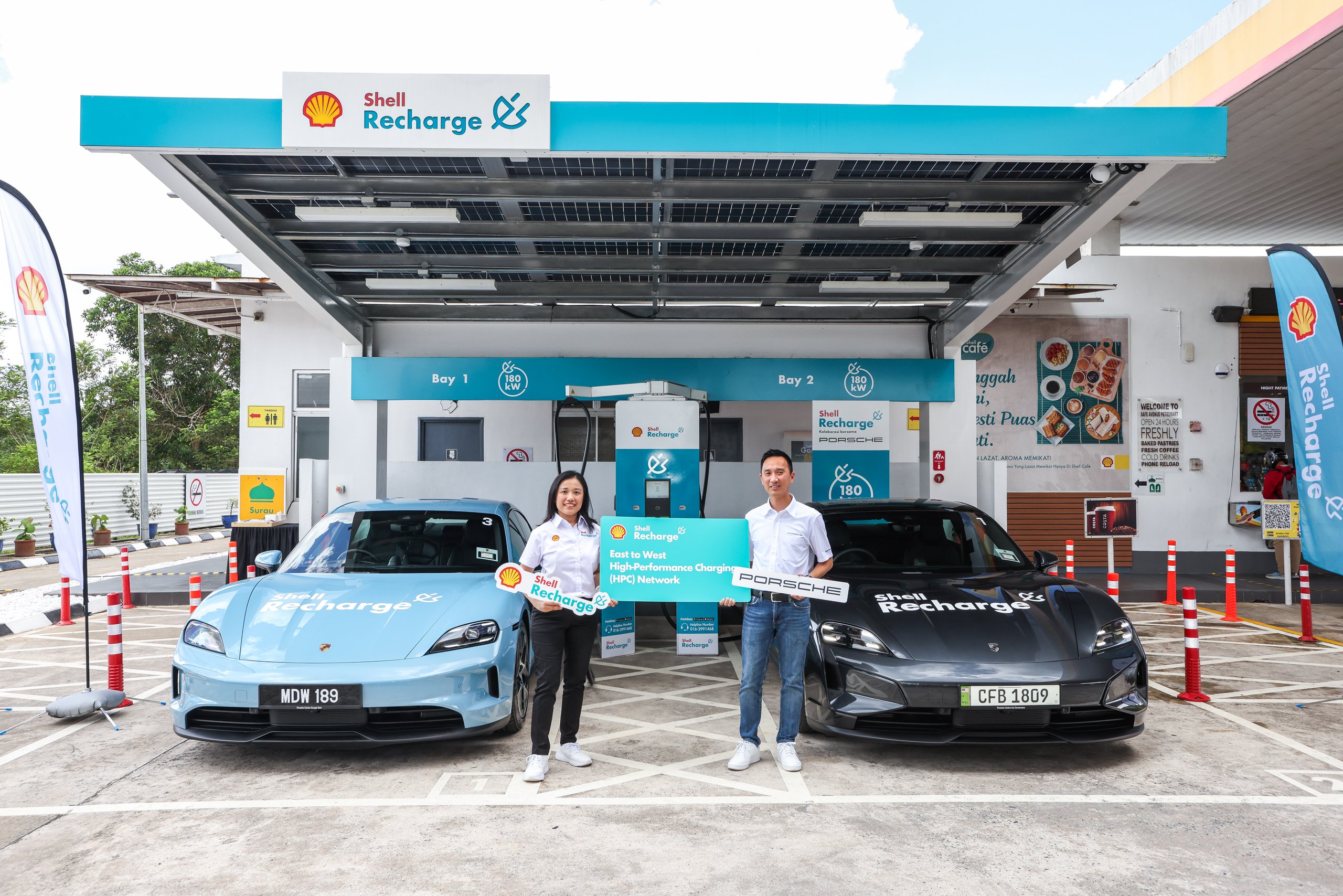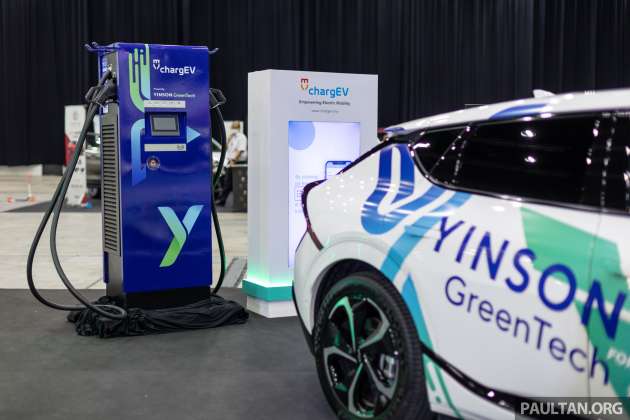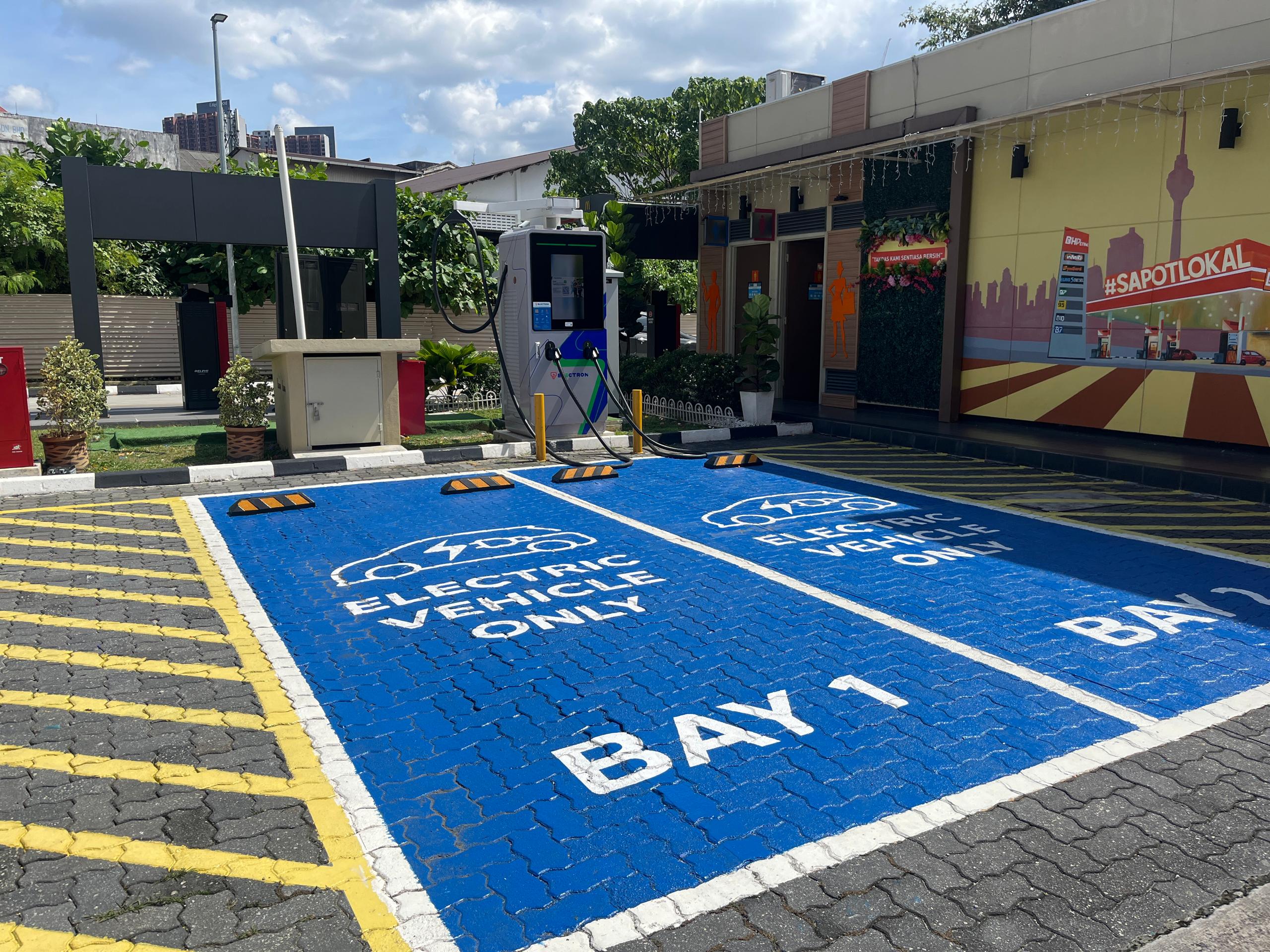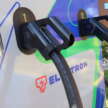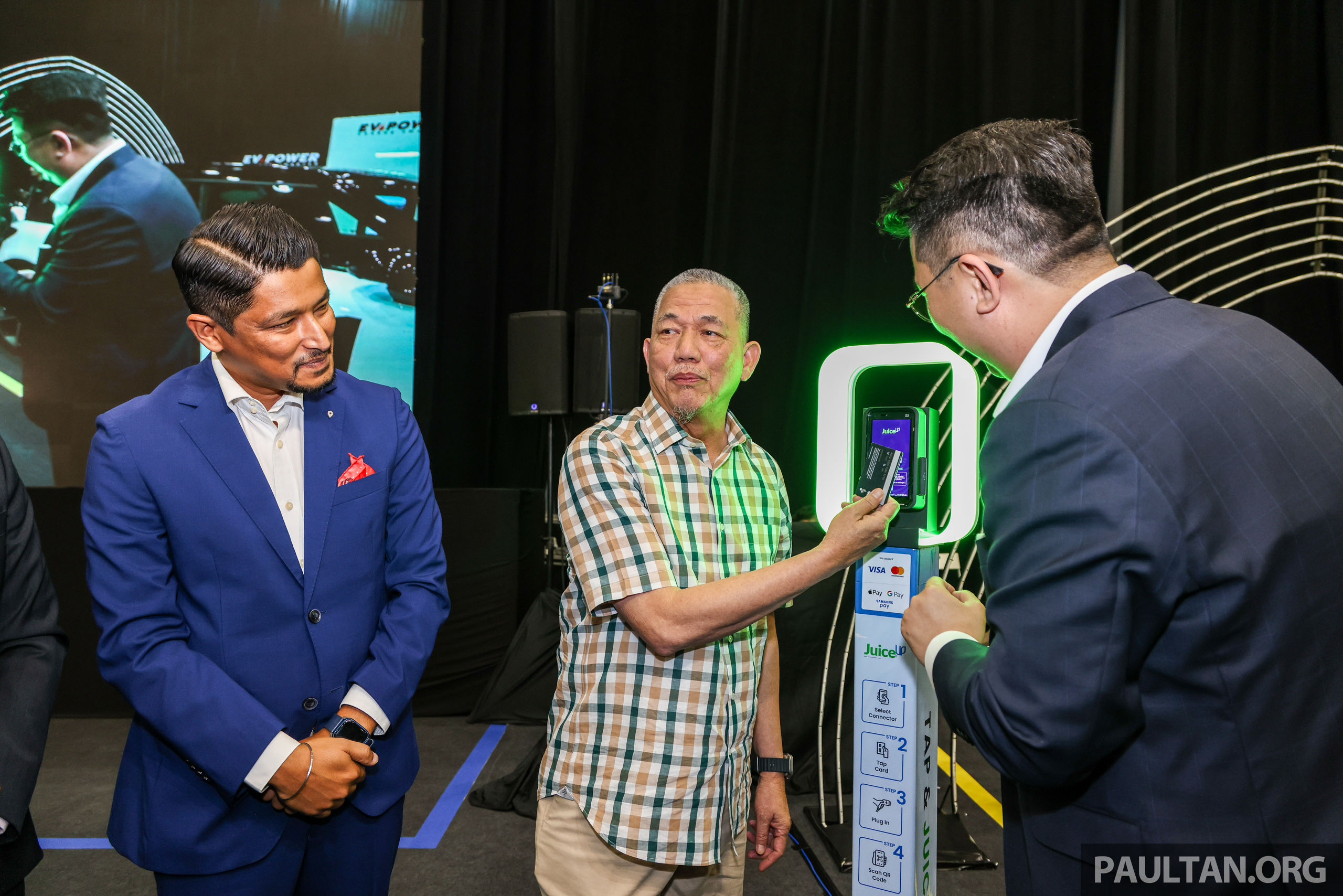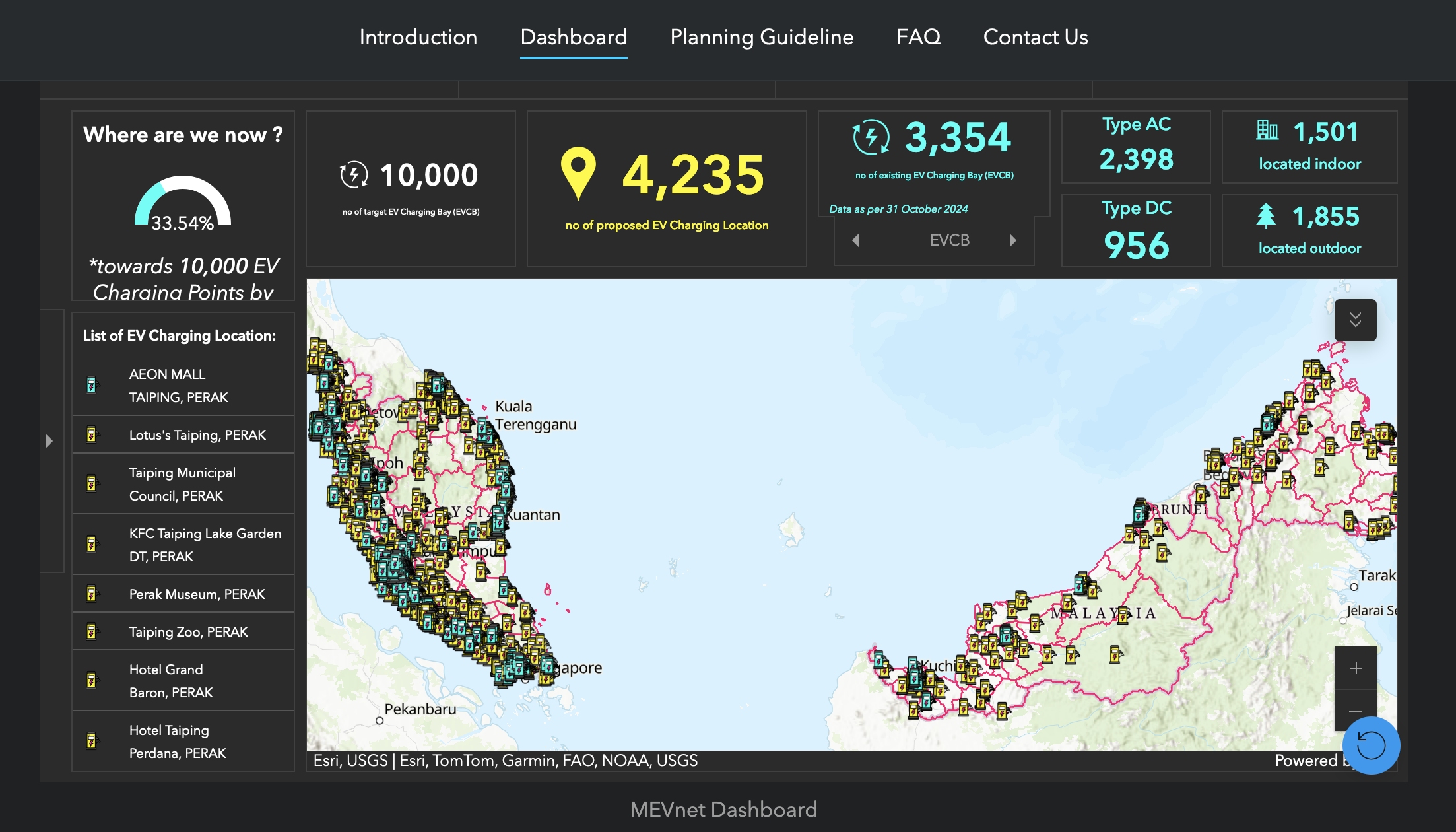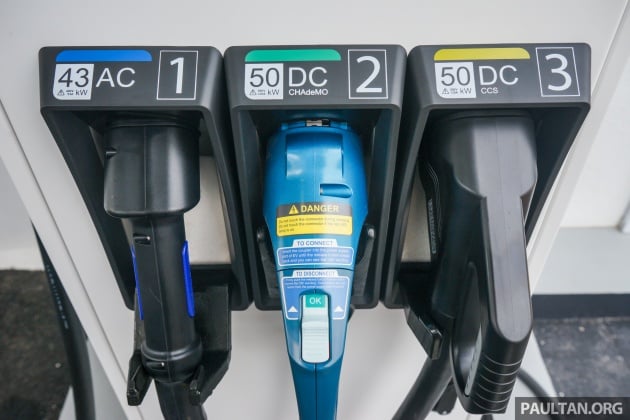
In October last year, the ministry of investment, trade and industry (MITI) said it was keeping to its target of getting 10,000 EV charging stations in place in Malaysia by 2025, as outlined by the Low Carbon Mobility Blueprint (LCMB) 2021-2030.
That target is still on the cards, as Bernama reports. According to deputy prime minister Datuk Seri Fadillah Yusof, Malaysia remains committed in its efforts to establish 10,000 EV charging stations nationwide by the end of 2025.
“Our target is to have approximately 10,000 charging stations across Malaysia, including Sabah and Sarawak, by the end of this year,” he said during an address at a dinner with the Malaysian diaspora in Thailand yesterday. As of December 31, 2024, the public EV charging network in the country stood at 3,611 EV charging bays (EVCBs), according to PLANMalaysia’s national electric vehicle charging network (MEVnet) dashboard.

Fadillah, who is also the energy transition and water transformation minister, acknowledged that there were challenges at present, particularly in the demand for direct current (DC) chargers over alternating current (AC) ones.
“We are working closely with Petronas and other industry players to address this issue. Our ministry is ensuring sufficient charging connectivity, including along highways, in rural areas, and across other parts of Malaysia,” he said.
As reported last year, it is expected that the 10k charger target will only be met in full by 2026, although that for DC units could be met by the end of this year. Originally, the LCMB plan outlined 9,000 AC and 1,000 DC public chargers, but the government then revised the DC allocation to 1,500 units, while bringing that for AC down to 8,500 units.
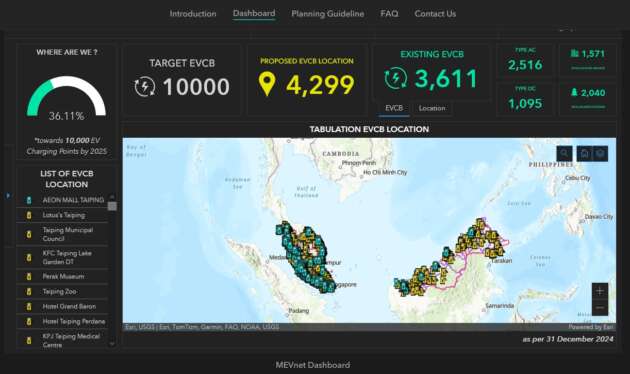
Last November, the Malaysia Zero Emission Vehicle Association (MyZEVA) said that it expected the target of 1,500 DC charging points across the country to be achieved sometime in the middle of this year, six months ahead of the deadline. With MEVnet listing 1,095 DC chargers in place as of December 31 last year, that projection looks set to be met.
As for AC, the association forecasted that the intended 8.5k was expected to be in place by Q3 2026, but a revision may be necessary unless the installation pace picks up considerably. With only 2,516 EVCBs in place at the end of last year and a growth rate of about 120 units each month (based on last November to December’s installation rate), the projection should fall somewhere in the region of 5k by then.


